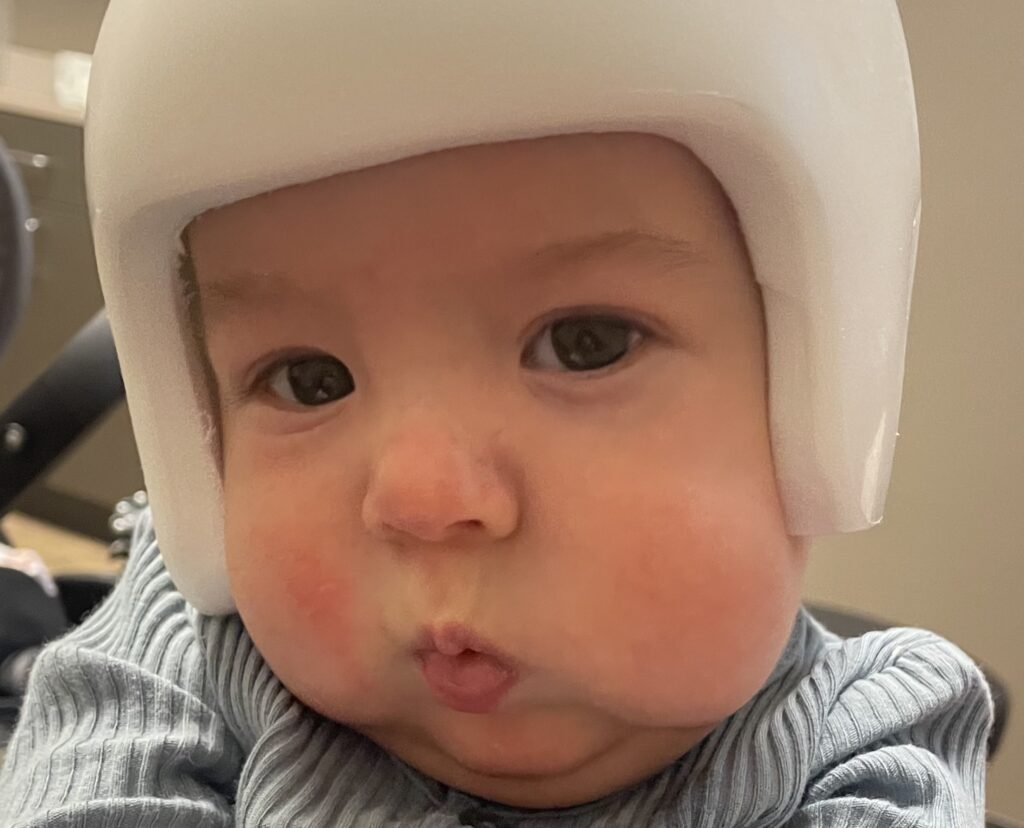At Let’s Grow Pediatrics, we encourage early referrals for torticollis and plagiocephaly.
First signs:
- Preference of baby to look to right or left
- Flat spot on back of head
- Forward ear or bossing of forehead
If babies are treated for these conditions before they develop head control, they often require less intervention overall. Babies can be treated with positioning and stretching and monitored for developmental concerns. We will measure cranial asymmetries and refer for cranial shaping helmets if necessary.
As many as 9 out of 10 infants are diagnosed with plagiocephaly during the first few years of their lives, also known more commonly as flat head syndrome. Due to the positions this condition causes, it is most often caused by muscular torticollis, a congenial problem presented, leading to plagiocephaly. At Let’s Grow Pediatrics, we can provide rehabilitation for these conditions to promote better symmetrical movement of the muscles and improve your child’s quality of life.
What is Plagiocephaly?
Plagiocephaly, either deformational or positional, is a condition caused by when a baby develops a flat spot on one side of the head or the entire back of the head. This condition typically occurs when the child sleeps in the same position or when there are problems with the neck muscles preventing the child from moving their head properly.
During infancy, babies’ skulls are soft, allowing them to pass through the birth canal, and it takes between nine to 18 months for the baby’s skull to be fully formed. Because of their soft skulls, plagiocephaly is a common issue, especially when the child has preferences when sleeping. But in other cases, the more common cause of this condition is torticollis.
Torticollis is a condition in which the cervical ligaments throughout the neck are impacted, causing the head to rotate and tilt at uncommon angles. Torticollis can be either congenital or acquired from sleeping in awkward positions, neck muscle injuries, neck muscle spasms, and any injury that leads to muscle shrinkage.


